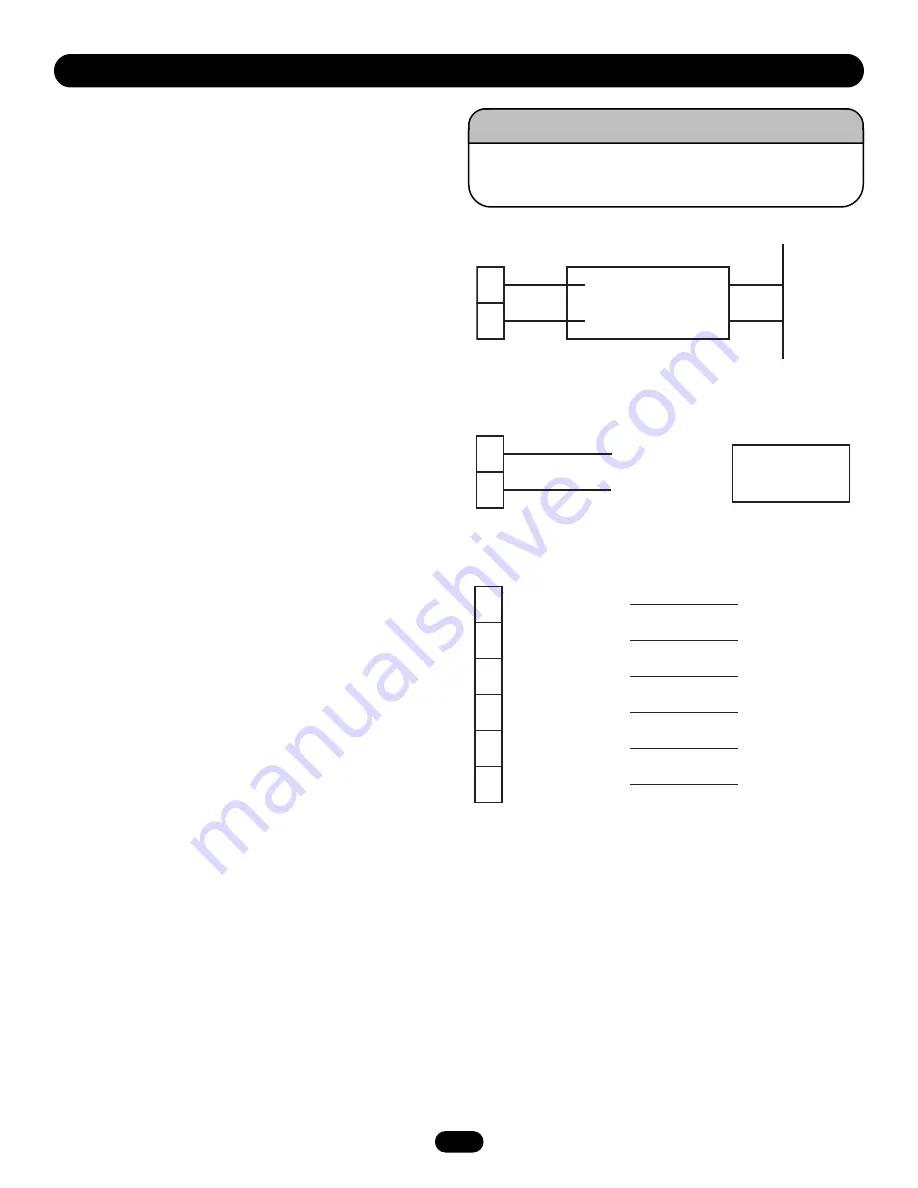
8
W I R I N G
5
6
Fire Alarm
Control Panel
Red
Black
Common
Normally Closed
Terminal Strip
Relay Module
–
+
FIGURE 7
CONNECTIONS OF INITIATING DEVICES AND
ACCESSORIES (cont’d)
Relay Module Installation
In lieu of smoke detectors, the release device may be put into
alarm by the fire alarm control panel. Most commonly, a relay
module is used as an interface between the fire alarm control
panel and the release device. The relay module must provide
Form C dry contacts for connection to the appropriate terminals
on the release device (Figure 7).
NOTE:
When choosing a relay module to activate the release
device in an alarm condition, always select one that provides
Form C dry contact relays. Do not use any relay module
providing or passing any (control) voltage through the contacts
into the release device. The passage of voltage through such a
relay module into the release device will cause problems with the
operation of the device and may damage the device’s terminals
and/or circuit board.
OPTIONAL CONNECTIONS
CLOSE DOOR DETECTION OPTION
Connect wiring from N/O electrical loop, using a proximity switch
or other similar device with dry contacts, to 7 and 8 (Figure 8).
The switch should be placed to engage when the door is in the
closed position and so that it will toggle states from its N/O
condition (switch closed when door is closed) to a closed
condition indicating that the door edge has made contact with
desired down position. When the switch is closed by contact
from the door, the release device will not activate on alarm,
thereby eliminating nuisance gravity drops through the
inadvertent release of the fusible link assembly. This option only
works as long as power is available to unit. Fail-safe operation is
maintained under all operating conditions, and if power is not
available to the unit, the fusible link assembly will be released.
This is a power-limited, unsupervised circuit. The proximity
switch and the release device MUST be mounted in the same
room.
RELAY AND TROUBLE OUTPUTS OPTION
Connect wiring from the Alarm Relay Outputs (#11 N/C or #13
N/O and #14 Common) to the appropriate inputs on the fire alarm
control panel to provide a signal at the panel when the release
device is in an alarm state. Connect wiring from the Trouble Relay
Outputs (#14 N/C or #16 N/O and #15 Common) to the
appropriate inputs on the fire alarm control panel to provide a
signal at the panel that the release device is in a trouble state
(Figure 9). If these features are desired, coordinate the
interconnection between the Release Device and the Fire Alarm
Control Panel with the fire alarm installer.
FIGURE 9
11
12
13
14
15
16
N/C Alarm Relay Output
Make all necessary
connections to the
Fire Alarm Panel as
required by the project
specifications and
the Authority Having
Jurisdiction
Common
N/O Alarm Relay Output
N/C Trouble Output
Trouble Common
N/O Trouble Output
7
8
Attach to Common on
N/O Proximity Switch
Proximity Switch
Part No. LM56A
Attach to N/O Position
on Proximity Switch
FIGURE 8
To prevent DAMAGE to the circuit board, ALL connections from
terminals 3 through 16 MUST be dry contact type.
WARNING
CAUTION
WARNING
WARNING


































